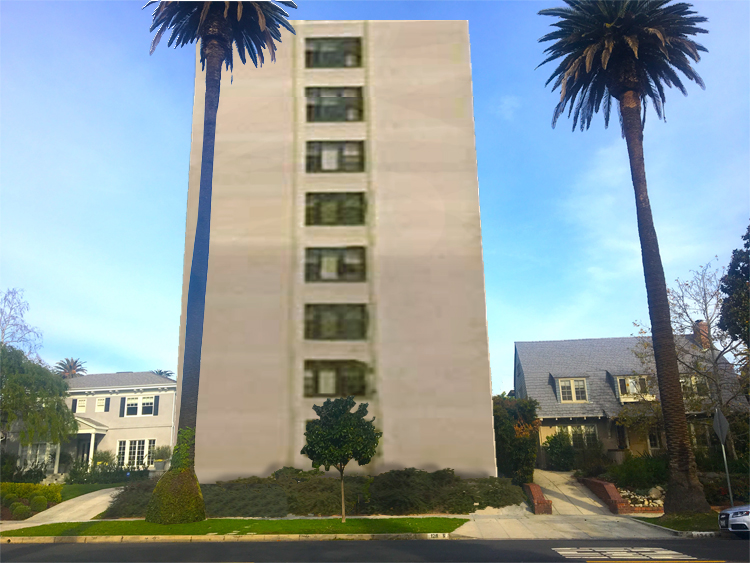August 31, 2021
SB 478 sets a statewide standard on 3-unit to 10-unit projects proposed in multi-family zoning districts, by eliminating a city’s minimum lot size standards. This bill also bans a city from requiring a FAR of less than 1.0 for a 3- to 7-unit project, or 1.25 for a 7- to 10-unit project. (FAR is an acronym for Floor Area Ratio.)
We concur with the California Department of Finance bill analysis of SB 478, which states, “the prescriptive nature of this bill’s statewide FAR standards and elimination of minimum lot standards may impede local governments’ ability to plan for adequate and appropriate housing consistent with local conditions.”
DOF opposes SB 478 for numerous reasons, also noting that it “results in additional state costs not included in the 2021 Budget Act, and it is unclear this bill will result in increased housing production.”
Moreover, they found that SB 478 “is vague as to what constitutes an unreasonable restriction that would be voided under its provisions.”
DOF also questions the constitutionality of adding a new Civil Code Sec. 4747 voiding existing covenants, conditions, and restrictions, deeds, securities and other real estate documents.
In addition to these major flaws, Livable California opposes SB 478 because it does not require construction of any affordable housing and applies a statewide standard that undermines multi-family city planning goals, even if a city’s practices are reasonable and appropriate to achieve legitimate city planning goals.
For example, in a development proposed on a 5,000 sq. ft. lot, if the FAR set by the city is 1.0, it allows a developer to build 5,000 sq. ft. of floor area, a direct match to the square footage of the lot. And a FAR set by a city at 1.25 would allow a bigger building, containing up to 6,250 sq. ft. of floor area.
In both of these examples, a two-story building would be required in order to comply with setbacks and similar restrictions that prohibit a building from completely covering a lot.
Let’s assume that SB 478 becomes law and “City A” has a multi-family zoning district, but has not specified how many units can be constructed. City A requires a 5,000 sq. ft. minimum lot, a FAR of 0.80 and does not permit less than 1,000 square feet of lot area, for each dwelling unit.
City A has created this district with the express intent of allowing 5 units on a minimum 5,000 sq. ft lot, and has set the density, minimum lot size and FAR after weighing the need for more housing against concerns about urban forest depletion, air quality, traffic and parking, which City A believes necessary to mitigate those concerns.
But a developer can assert under SB 478:
- SB 478 eliminates the example city’s lot area requirement of one unit per 1,000 sq. ft.
- SB 478 invalidates the example city’s 0.80 FAR in favor of a 1.0 FAR which increases the allowed floor area of the housing to 5,000 sq. ft.
- Since the example city’s multi-family zoning ordinance does not specify a maximum limit of units, the developer can, under SB 478, build 10 units on the 5,000 sq. ft. lot.
There is no standard form for a multi-family zoning ordinance. Every city has an ordinance tailored to its needs. Some ordinances specify the number of units that can be built, and some like “City A” in the example do not. Some cities include a FAR standard in these ordinances. Most cities do not use FAR.
Some cities simply provide a density limitation expressed only in units per acre with no minimum lot size or FAR standard.
Most cities do not deliberately set minimum lot sizes or FAR standards that make the very projects they purport to allow infeasible, but instead set them to respond to local issues of appropriate concern to city planners.
SB 478 must be rejected.

